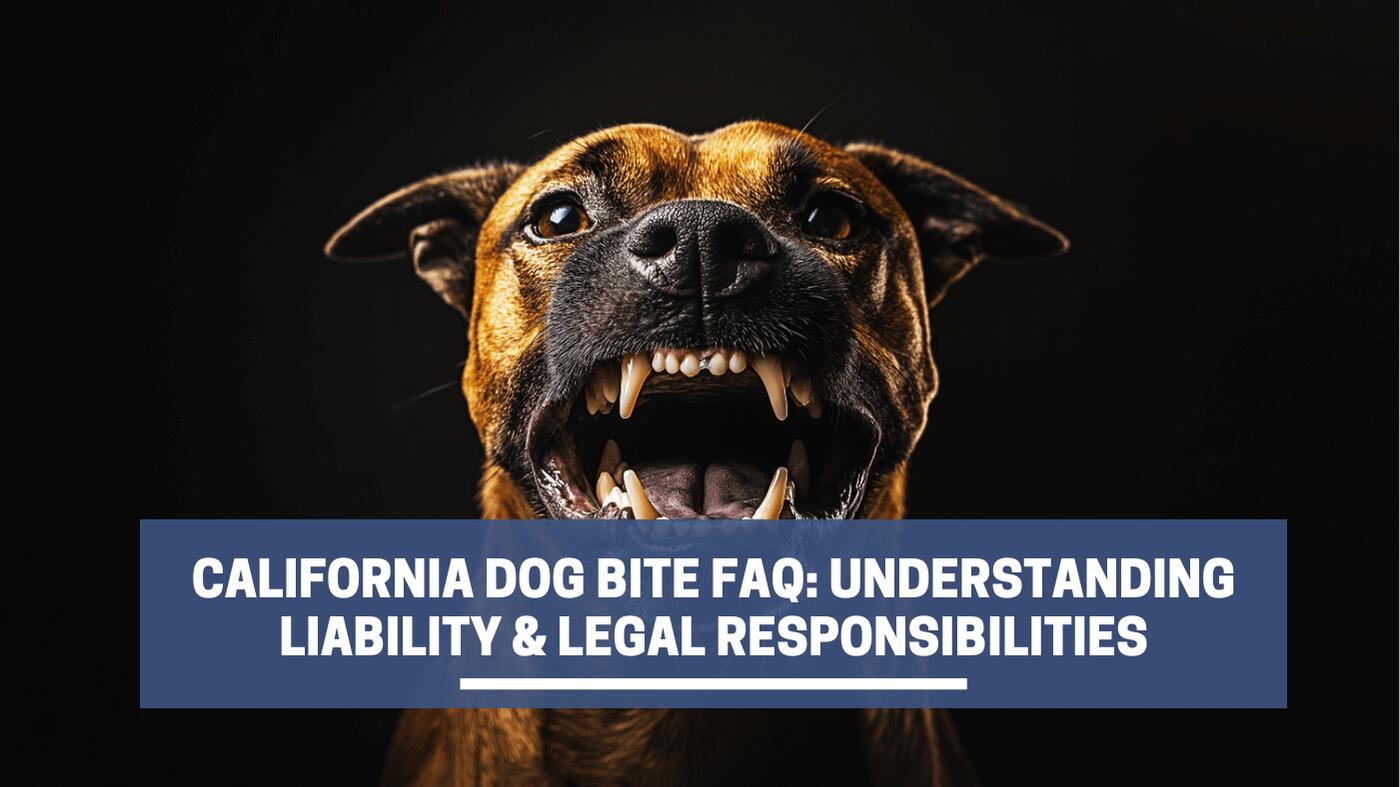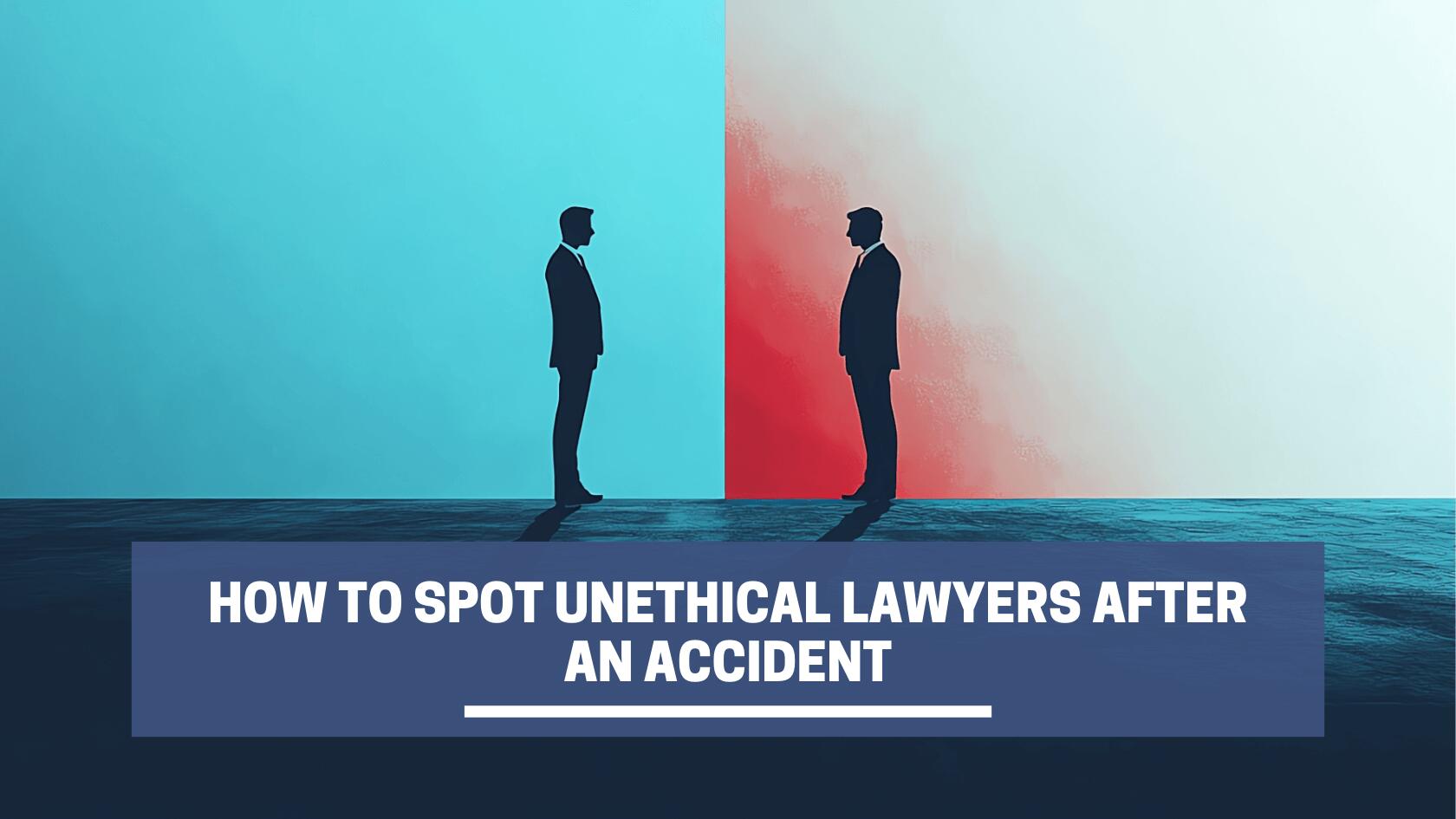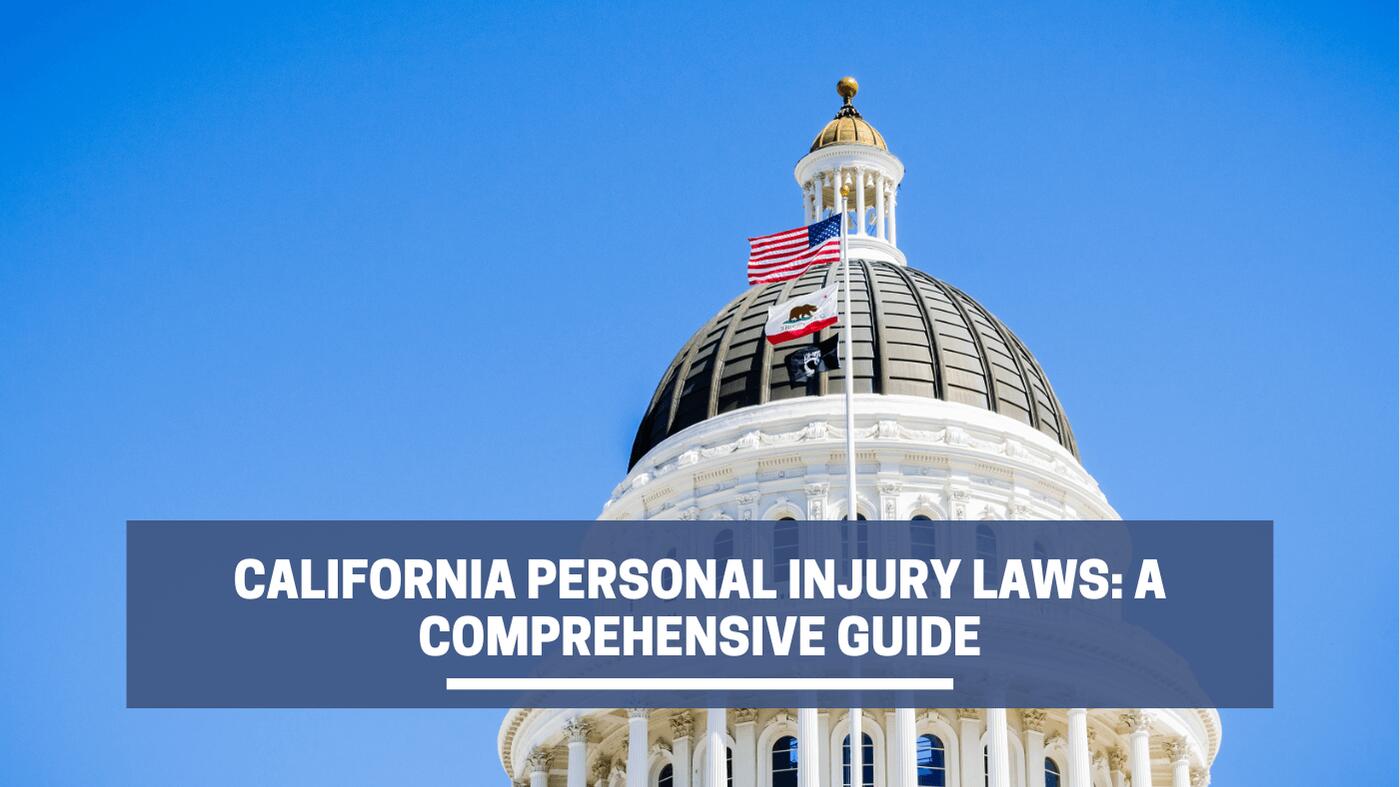Dog bites can cause serious injuries, leaving victims with physical pain, emotional scars, and mounting medical bills. With California leading the nation in these incidents—over 48,500 emergency visits and more than 2,100 insurance claims in 2022 alone—understanding your rights is important.
If you or a loved one were hurt by someone else’s dog, you might wonder, “Who’s responsible?” or “How can I recover my expenses and losses?”
In California, strict liability laws help hold dog owners accountable for the harm their pets cause. Learn your legal options and how a skilled personal injury attorney can help you fight for the compensation you deserve.
What Are California’s Dog Bite Laws?
California’s dog bite laws are outlined in Sections 3342-3342.5 of the Civil Code of Procedures and define the responsibilities of dog owners and the rights of victims when an animal causes harm. Here’s a breakdown of the state’s strict liability rules and potential exceptions:
Strict Liability Rules
California’s strict liability rule places responsibility on the dog owner. Under Section 3342, the owner is liable if:
- The bite occurred in a public place, such as a crosswalk, park, or sidewalk, where the victim had a right to be.
- The bite occurred on private property, but the victim was lawfully present—for example, mail carriers, invited guests, and delivery personnel.
- The victim did not engage in behaviors that could provoke the dog, such as teasing or threatening the animal.
Are There Exceptions to Strict Liability?
While California’s strict liability rule holds dog owners accountable for bites, there are exceptions where the owner may not be responsible for the harm caused by their pet, such as:
- The dog was defending itself or assisting law enforcement in military or police work.
- The person bitten was trespassing on the property.
- The person intentionally provoked the dog by teasing, taunting, or attempting to harm it.
What Is the Dunbar Dog Bite Scale?
Accurately assessing damages is crucial in personal injury cases to ensure victims receive fair compensation for their medical expenses and suffering. In dog bite claims, the Dunbar Dog Bite Scale is a widely recognized tool for evaluating the severity of injuries.
Created by Dr. Ian Dunbar, a veterinarian and animal behaviorist, bites are categorized into six levels based on the dog’s actions and the extent of harm inflicted. Here’s an overview:
Level | Type of Bite | Injury Details |
1 | Aggression without contact | The dog shows aggressive behavior (growling, snapping) but does not make physical contact. |
2 | Contact with no puncture | The dog makes contact but causes no puncture; it may leave minor scratches or bruises. |
3 | Shallow punctures | One to four shallow punctures, each less than half the depth of the dog’s canine tooth, possibly accompanied by small tears. |
4 | Deep punctures | One to four punctures deeper than half the canine tooth; tearing or severe bruising may occur. |
5 | Severe injuries from multiple bites | Repeated bites or clamping causes significant injuries, such as crushing or fractures. |
6 | Fatal injuries | The attack results in death, often involving prolonged or extreme aggression. |
What Steps Should You Take After a Dog Bite?
Getting bitten by a dog can be a scary and stressful experience, especially when you’re in pain and unsure of what to do next. But taking the right steps can make a difference—for your health and ability to hold the dog’s owner accountable. Here’s how to take control of the situation:
- Clean the wound. If it’s a minor injury, start with basic first aid. Wash the area gently with soap and water to lower the risk of infection. If the bleeding is heavy, press a clean cloth firmly against the wound until it slows down.
- Seek medical attention. Even minor bites can lead to infections like Capnocytophaga or complications like rabies. Visit a healthcare provider to assess the wound, provide treatment, and administer antibiotics or vaccinations if necessary.
- Report the bite. Notify local animal control or the police to create an official record of the attack. This also helps verify the dog’s vaccination status.
- Photograph the injuries and scene. Capture clear photos of your injuries from multiple angles, including close-ups to highlight details such as punctures, bruising, or swelling. Also, photograph the scene of the attack, paying attention to fences, gates, or warning signs that may help clarify how the incident occurred.
- Identify the dog and its owner. Ask for the dog owner’s name, contact details, and information about the dog, including its breed and vaccination history. If the owner is unknown, try to gather descriptions of the dog.
- Collect witness information. Collect contact details from anyone who witnessed the attack. Their statements can help support your account of the incident.
- Keep medical records. Save all receipts, prescriptions, and doctor’s notes about your treatment. Include documentation for any follow-up care or therapy sessions. These records can help your attorney assess your damages and support a claim against the dog owners.
- Track financial losses. Record any lost wages from missed work and additional expenses, such as transportation to medical appointments or childcare during recovery.
What Responsibilities Do Dog Owners Have in California?
California law strongly emphasizes dog owners’ responsibility to prevent harm. Owners must take reasonable steps to mitigate risks if their dog has previously bitten someone. For repeat bites or attacks resulting in serious injuries, courts may impose stricter measures, including confinement, removal, or, in severe cases, euthanasia, to ensure public safety.
In Los Angeles County, leash laws strictly regulate dogs in public and private spaces. Dogs are not permitted to roam freely without the property owner’s consent. In public, they must be on a leash no longer than six feet and handled by a capable individual. Additionally, dogs over four months old are required to have a valid license and up-to-date rabies vaccinations to comply with local regulations.
What Compensation Can You Seek After a Dog Bite?
Dog bite victims may be eligible for compensation for various damages. A personal injury settlement often covers:
- Medical expenses and rehabilitation. Emergency care, surgeries, medications, physical therapy, counseling, and any ongoing or future treatments related to the bite.
- Lost wages and earning potential. Income lost during recovery and any long-term impact on your ability to work.
- Pain and suffering. Physical pain, emotional distress, scarring, and disfigurement caused by the incident.
- Property damage. Repairing or replacing personal items damaged during the attack, such as clothing or eyeglasses.
- Wrongful death damages. Funeral expenses, loss of financial support, and compensation for the emotional toll on the victim’s loved ones if the bite resulted in wrongful death.
What Is the Role of Personal Injury Attorneys in Dog Injury Cases?
If you’ve been injured by a dangerous dog, reaching out to an experienced attorney is essential—particularly if the attack caused serious injuries, emotional distress, or lasting effects. While you focus on healing, your lawyer can manage the legal process on your behalf.
Here’s how they can help:
- Investigate your claim to determine what happened and identify the responsible party.
- Gather evidence, including medical records, photos of injuries, and witness statements, to build a strong case.
- Explore all legal options, such as filing a claim against the dog owner’s insurance or pursuing a lawsuit in court.
- Evaluate your damages, reviewing medical bills, lost wages, and pain and suffering to estimate the value of your claim.
- Consult experts to support your case with professional insights into your medical and financial losses.
- Negotiate with insurance companies to secure compensation that reflects the full extent of your injuries and losses.
Your attorney can represent you in court if a settlement cannot be reached. They may use evidence such as witness statements or medical records to counter common defenses, like allegations that you provoked the dog or ignored warning signs, to help you recover damages for your injuries and losses.
How Can Dog Bites Be Prevented?
Both dog owners and the public can take steps to help prevent dog bite injuries. These tips can help reduce the risk of a canine attack:
- Teach appropriate behavior and expose them to various environments and people.
- Secure your dog with fences or enclosures, and always leash it in public spaces to maintain control.
- Always get the owner’s permission before interacting with a dog.
- Stay away from dogs that are eating, sleeping, or caring for puppies.
- Back away if a dog shows signs of fear or aggression, such as growling or baring teeth.
- Show kids how to approach dogs calmly and avoid sudden movements or rough play.
Protect Your Rights and Promote Safety
Dog bites in California are governed by strict liability laws that hold owners accountable for their pets’ actions. If a dangerous pet harms you or a loved one, you have the right to seek compensation for medical bills and other losses.
Protect your interests by seeking medical attention and documenting the scene. Then, speak with a qualified dog bite attorney who can help you recover a fair settlement for your damages.











